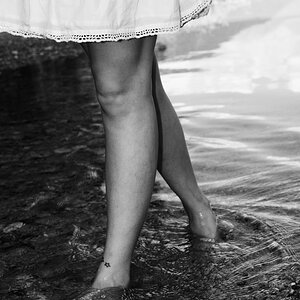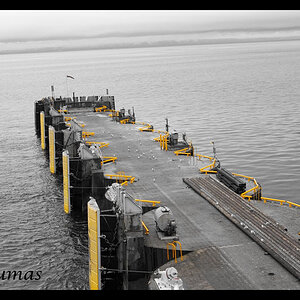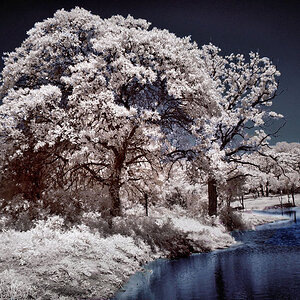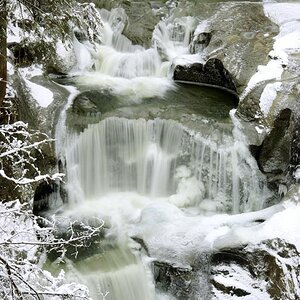- Joined
- Jan 24, 2014
- Messages
- 1,209
- Reaction score
- 1,424
- Location
- 大田, South Korea
- Can others edit my Photos
- Photos OK to edit
I just acquired 2 studio flash strobes. I've never touched one before. What are some good ways to get to learn how to use it without humans as the subjects?


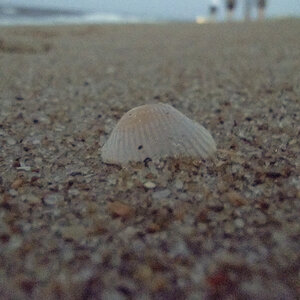


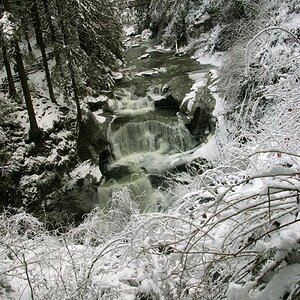
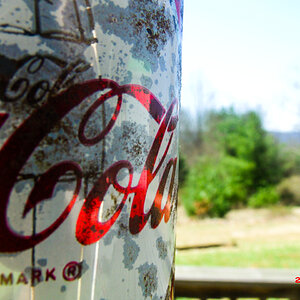
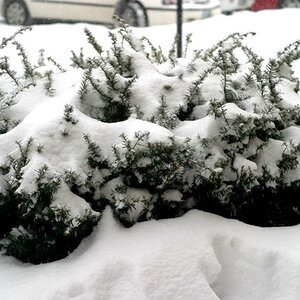
![[No title]](/data/xfmg/thumbnail/41/41928-733459df56e3fa2fe957f910305d4e37.jpg?1619739945)
